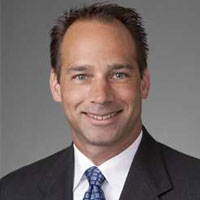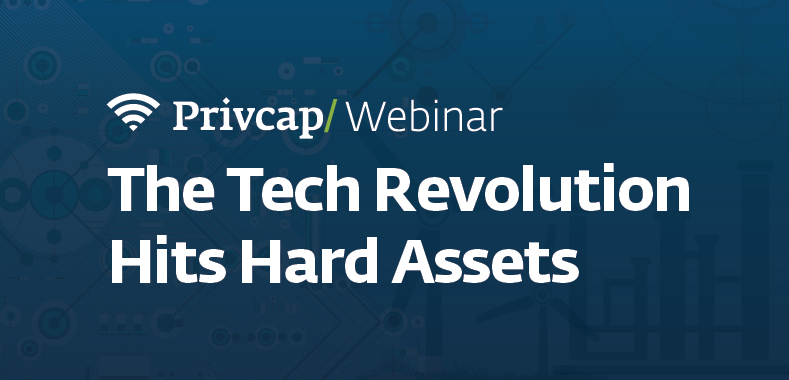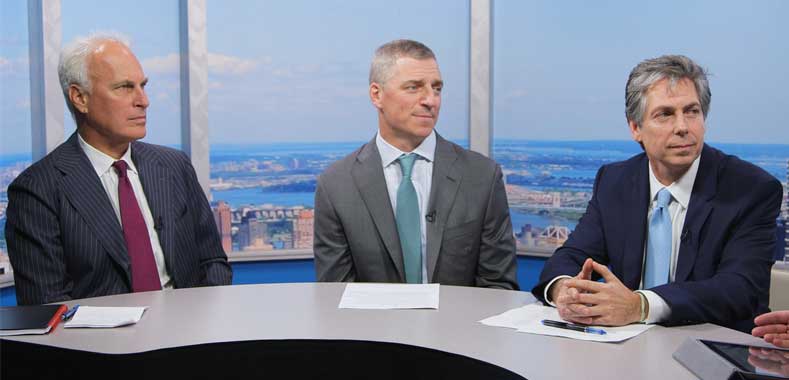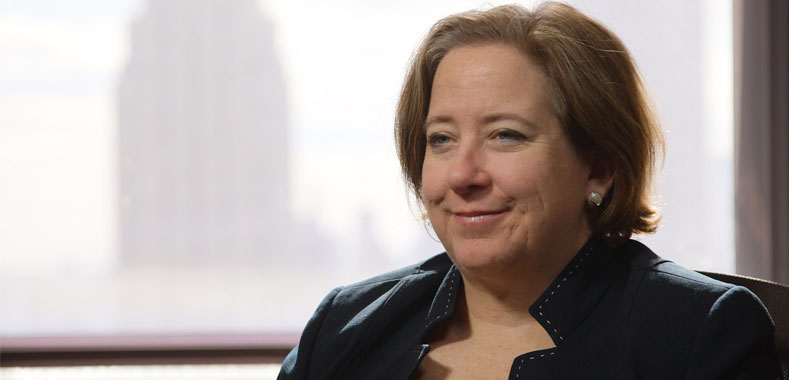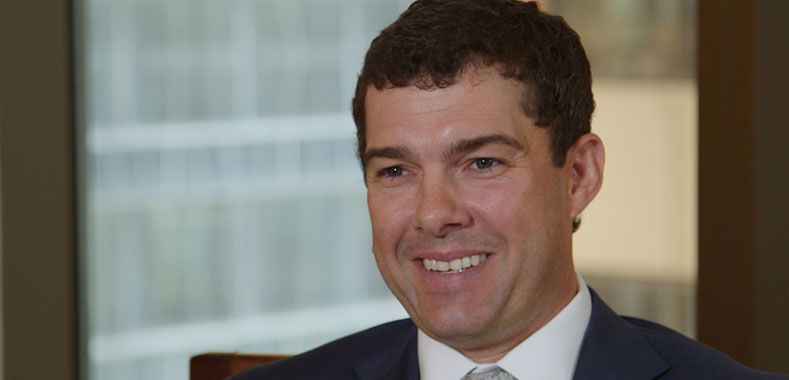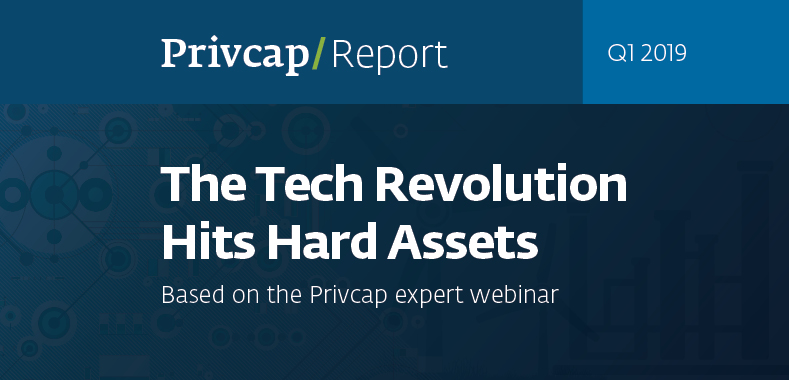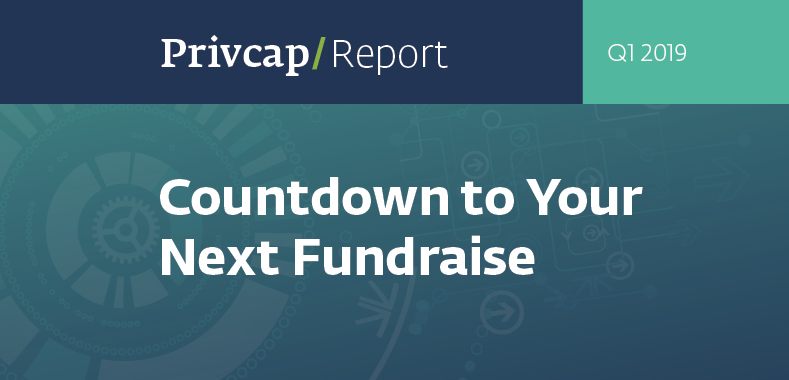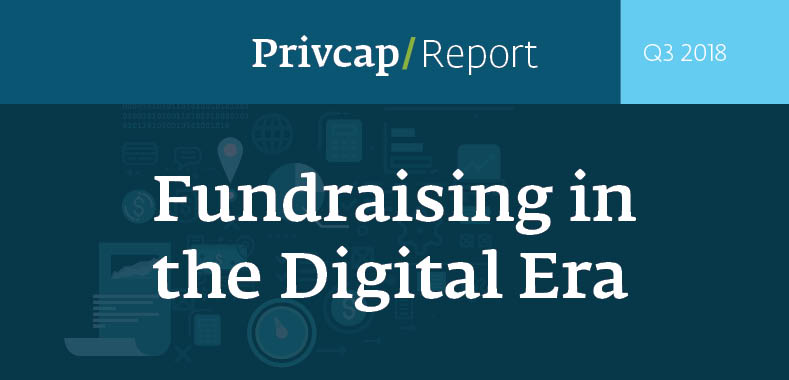Raising an Energy Fund? Bring a Deal
Download the article here
Fund-formation expert Barton Clark of Latham & Watkins typically advises first-time fundraisers that the market will be much more receptive to a GP team that is already sourcing (and potentially closing) deals
Privcap: With the uptick in oil prices, are you seeing increased interest in spin-outs and first-time energy private equity funds?

Latham & Watkins
Barton Clark, Latham & Watkins: In my experience, there is at all times an active supply of first-time fund sponsors or would-be first-time sponsors. Whether they can find traction in the market at any given time will vary. Most thoughtful people told me that when oil prices hit bottom, that was exactly the right time to raise capital and get into the buy side. But at the time it was pretty difficult to persuade investors of that. Instead, investors were pulling back as caution set in. With a return to a more robust energy marketplace, investor interest is pretty healthy. In turn that activates a latent supply of fund sponsors, with people saying, “Okay, I’ve done my time at a firm that was founded by others.” Motive meets opportunity, if you will.
When talking to a client about hitting the road with a first-time energy fund, what guidance would you give them about the fundraising market?
Clark: I would counsel them not to think too much about the fundraising market as a whole. As a first time sponsor you just need to find your niche within that market. One of the most important strategic objectives for a new fund sponsor is simply to get that fund to exist, meaning you’ve closed on third-party commitments and are deploying capital. That status changes your whole market profile: you are somebody who is investing, instead of simply someone with an idea but no buy-in yet. Once you’ve gotten the proof of concept you are better positioned to capture people’s attention and scale up.
Getting from square zero to square one is probably the hardest part. A brand-new sponsor, even if the team can point to an attractive track record of prior investments, will find it hard to market their concept to the “private fund market” as a generic whole. Finding the investors who can actually get you to square one is often relationship driven. The team may have relationships with an anchor investor or a family network, for example; and they may give themselves a boost using personal capital.
Do you have clients that are raising deal-by-deal capital while also raising a blind-pool fund?
Clark: Sure. In fact, I’m currently working with someone that is doing deals in tandem with the larger blind pool raise. Their deal flow is such that they are pursuing deal opportunities to syndicate on a one-off basis, alongside the larger fundraise, and with some overlap of the same group of investors. The syndication step can be thought of as a “pre-fund” approach. This allows the sponsor to manage third party capital into an investment more quickly. Closing on a portfolio transaction gives the sponsor a further “proof of concept” that ratifies their program to potential fund investors.
Getting deals done ahead of a fundraise must be easier for GPs with large, existing networks.
Clark: It can be easier, but that is not decisive in terms of ultimate fundraising success. There is a diversity of new fund teams in the market, with not only different pathways to success but, even, different meanings of “success.” It’s important to be honest about who you are. We’ve seen teams launch and close their first fund over $1 billion. They had the relationship network and resources where that target made sense, and they had the time to let that fundraise unfold. I’ve also worked with people where the first fund was under $50 million, and that made all the sense in the world because it got them up and running. So you need to be thoughtful about what you want to achieve as you launch. This also shapes what kind of terms you will accept in your fund. In many cases, getting up and running is paramount, and that sponsor will accept market-dictated terms that groups with better resources would be able to resist.
What about anticipating administrative expenses as a first-time fund?
Clark: This may sound dry, but it’s fundamental. In addition to articulating and selling your investment thesis, you have to be ready to run that third-party capital over the long term, with each fund likely running for 10+ years. From the outset, an appropriate compliance, reporting and operational infrastructure should be part of the new-sponsor business plan. The mechanics of capital calls, sending distributions, quarterly and annual reports (including the annual audit process) are a substantial undertaking.
Moreover, whether out of the gate, or as the business grows, the sponsor will likely need to register with the SEC as an investment adviser, which requires adopting and adhering to a code of ethics and other policies, and being prepared to demonstrate compliance upon inspection by the SEC. There are further compliance obligations depending on how and where a fund is marketed. For example, marketing to investors outside the US requires a country-by-country assessment of offering requirements, which can vary substantially. A sponsor should decide early whether they expect sufficient non-US demand to support the increased compliance costs.
